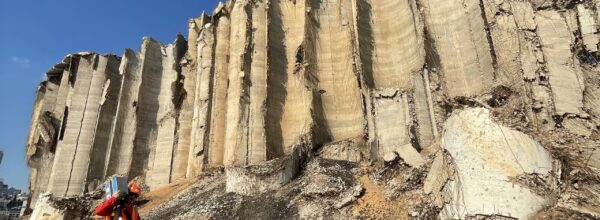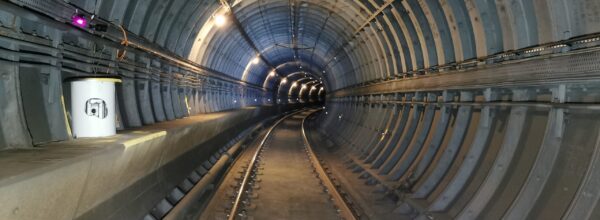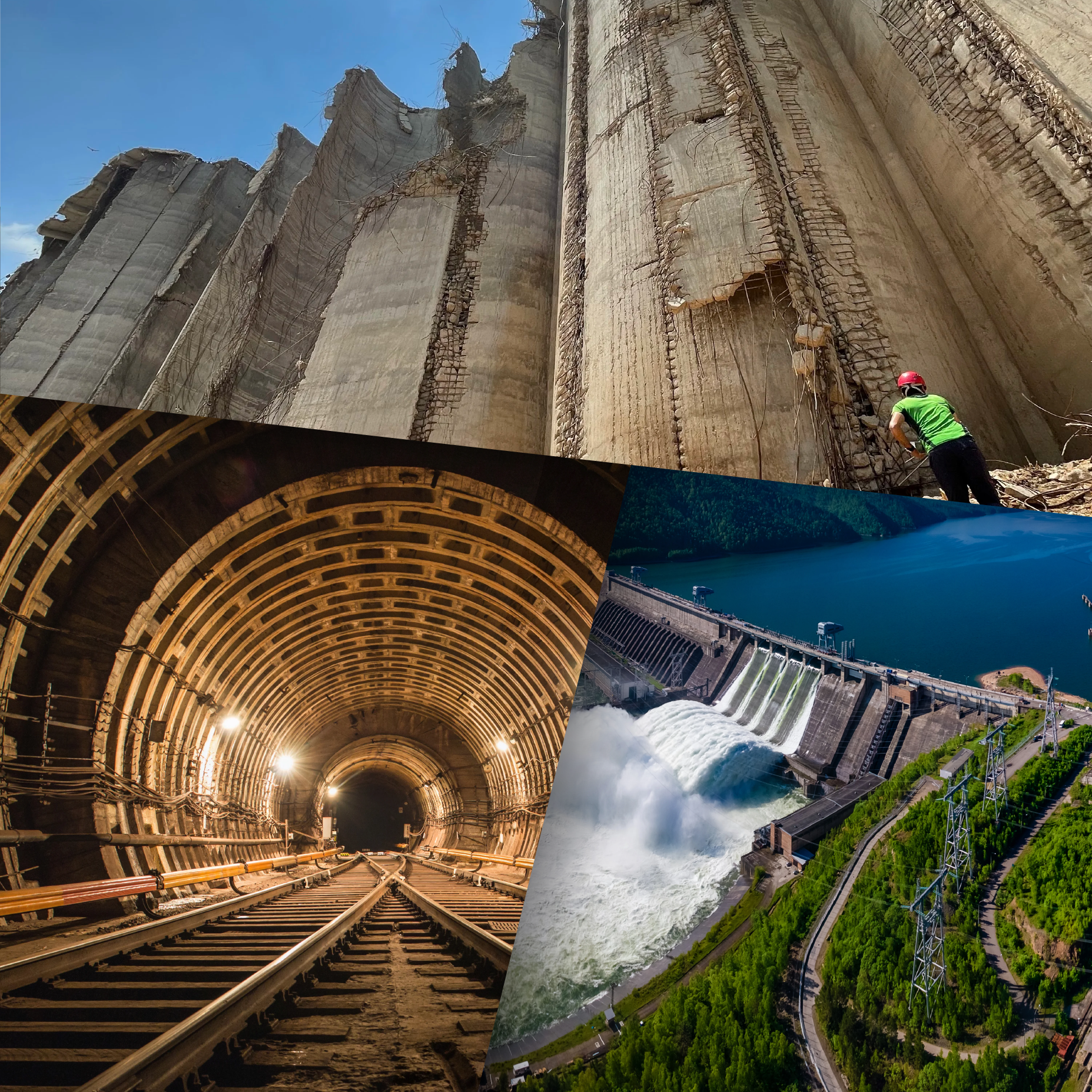Static SHM, Dynamic SHM and Geo-environmental monitoring: what are the differences?
May 2023
Static SHM, Dynamic SHM and Geo-environmental monitoring: what are the differences?
Integrating Static Structural Health Monitoring, Dynamic Structural Health Monitoring, and Geo-environmental Monitoring allows for a holistic approach to structural analysis.
But what are the differences between these three types of monitoring?
Static SHM monitoring
Static structural health monitoring measures slow-varying parameters over a long period of time, such as inclination, rotation, static displacement, and crack monitoring. This type of analysis is appropriate for structures that are subject to gradual load changes. For static monitoring, data is recorded at regular intervals with punctual measuring.
Examples of sensors for Static SHM are:
It measures triaxial tilt changes, detecting movements in any direction, and it can be synchronized with the other Tiltmeters for more effective monitoring.
It consists of a series of wireless and battery-powered tiltmeters attached to a bar, which is then affixed to the structure to measure the degree of slope or tilt over a large area.

Dynamic SHM monitoring
Dynamic structural health monitoring is used to handle dynamic loading, such as people walking, wind, waves, traffic, blasts, and earthquakes. This type of analysis is suitable for structures subject to fast impacts involving frequencies, vibrations, dynamic displacement, modal forms, and accelerations. . Dynamic monitoring involves continuous sampling where sensors continuously measure the environment, and information is stored when a peak is detected. Unlike static monitoring, data is recorded for a few seconds before, during, and after the peak, resulting in the collection of much more data.
Examples of sensors for Dynamic SHM are:
It measures acceleration and frequency on three axes, and it can be synchronised with other Accelerometers SHM for Modal Analysis.
It measures small changes in the dynamic displacement or movement of structures, sending alarms when a certain activation threshold is exceeded.
It measures triaxial vibration parameters, providing a complete analysis of the frequency and amplitude of the vibrations.

Geo-environmental monitoring
Geo-environmental monitoring refers to the process of monitoring and measuring environmental factors that can impact the stability of a structure or site, such as soil movement, groundwater levels, and changes in the soil’s chemical composition. By monitoring these environmental factors, it is possible to detect any changes or anomalies that could indicate potential issues or hazards, allowing for proactive intervention to prevent structural damage or failure. Geo-environmental monitoring is often used in conjunction with Static and/or Dynamic SHM monitoring, to provide a comprehensive understanding of the overall health and stability of a structure or site.
Move Solutions Single Channel Node is perfect for this type of monitoring as it makes geotechnical and environmental probes suited for wireless communication, sending alarms when a certain activation threshold is exceeded.










